Heinz Breloh: No Distance between Body and Sculpture
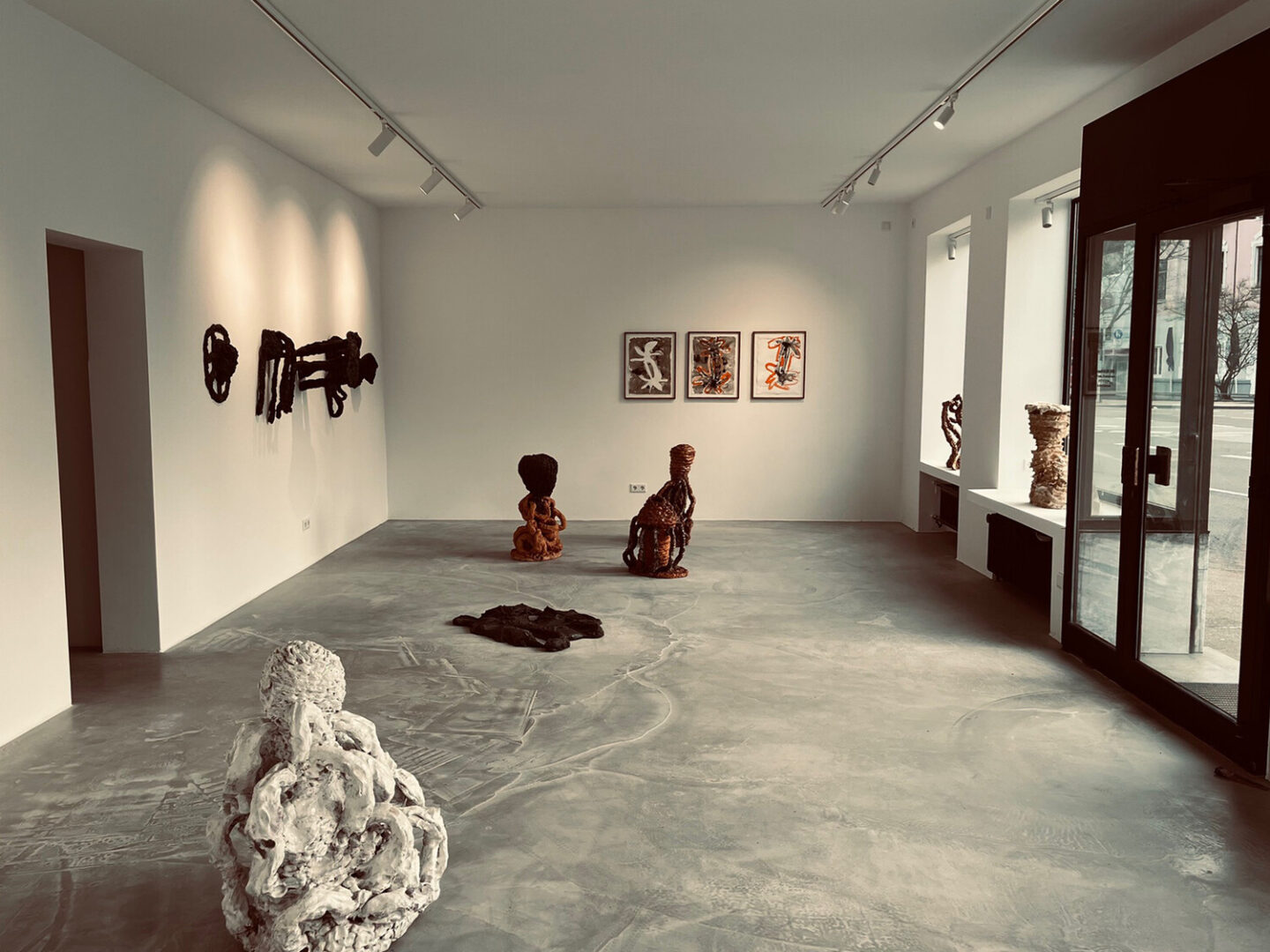

Heinz Breloh, a sculptor renowned for his innovative approach and profound connection to his art, left an indelible mark on the world of sculpture. Born in Hilden in 1940 and passed away in Cologne in 2001, Breloh’s life and work exemplified a fusion of physicality, emotion, and artistic expression.
Breloh’s mantra, “The work is done when there is no longer any distance between body and sculpture,” encapsulates his deeply embodied approach to creation. His artistic journey began with the tactile movements of shaping, grasping, touching, and feeling. Layer upon layer of plaster became the medium through which he expressed his vision, with each gesture infused with powerful physical effort and dynamic use of his body.
Immersed in his creative process, Breloh’s studio became a stage for a captivating performance of artistic enthusiasm. Clad only in his underwear and adorned with plaster remnants, he surrendered himself entirely to his craft. Each handful of plaster applied was a material act, a moment of profound contemplation and reflection. He stepped back from his creations as he worked, allowing them to evolve organically, guided by his intuitive movements.
And early on, his unique approach gained recognition: With his participation in Documenta in 1977, he showcased his works on one of the most significant exhibition platforms for contemporary art. (Video: Heinz Breloh at work on the life-size Magdeburg at the Kunstmuseum Unser Lieben Frauen Magdeburg 1995, Camera: Manfred Förster © Artist Estate Heinz Breloh)
Breloh’s sculptures, often life-sized and brimming with vitality, emerged effortlessly from his dynamic gestures. His belief that the sculptures had to arise from his movements underscored his conviction that art and life were inseparable. Even in their simplicity, his sculptures pulsated with a sense of authenticity and raw energy, reflecting the essence of his being.
Breloh’s legacy lies not only in the tangible sculptures he left behind but also in the transformative power of his artistic process. Through his profound union of body and sculpture, he demonstrated the boundless possibilities of artistic expression and continues inspiring artists to explore the depths of their creativity.
However, Breloh’s multi-faceted artistic journey extends beyond his renowned sculptural works. It was preceded by over two decades of diverse artistic exploration and development. After studying classical sculpture under Gustav Seitz at the University of Fine Arts Hamburg and delving into geometric abstractions with Fritz Wotruba at the Academy of Fine Arts Vienna, Breloh initially ventured into a different realm of artistic expression.
During the 1970s, alongside photography, Breloh exhibited a keen interest in film and video art. In 1980, Breloh exhibited his works as part of an extensive solo show at the Zwirner Gallery in Cologne. There, he primarily presented his photoplastics, which featured photographic captures of landscapes and volumes adorned with human bodies. Zwirner played a significant role in securing Breloh a scholarship from the city of Cologne, which took him to New York, the booming metropolis of the art world at that time. In New York he showcased his work on an international platform through exhibitions like “The Clocktower” at MoMa PS1 (then known as P.S.1 Contemporary Art Center).
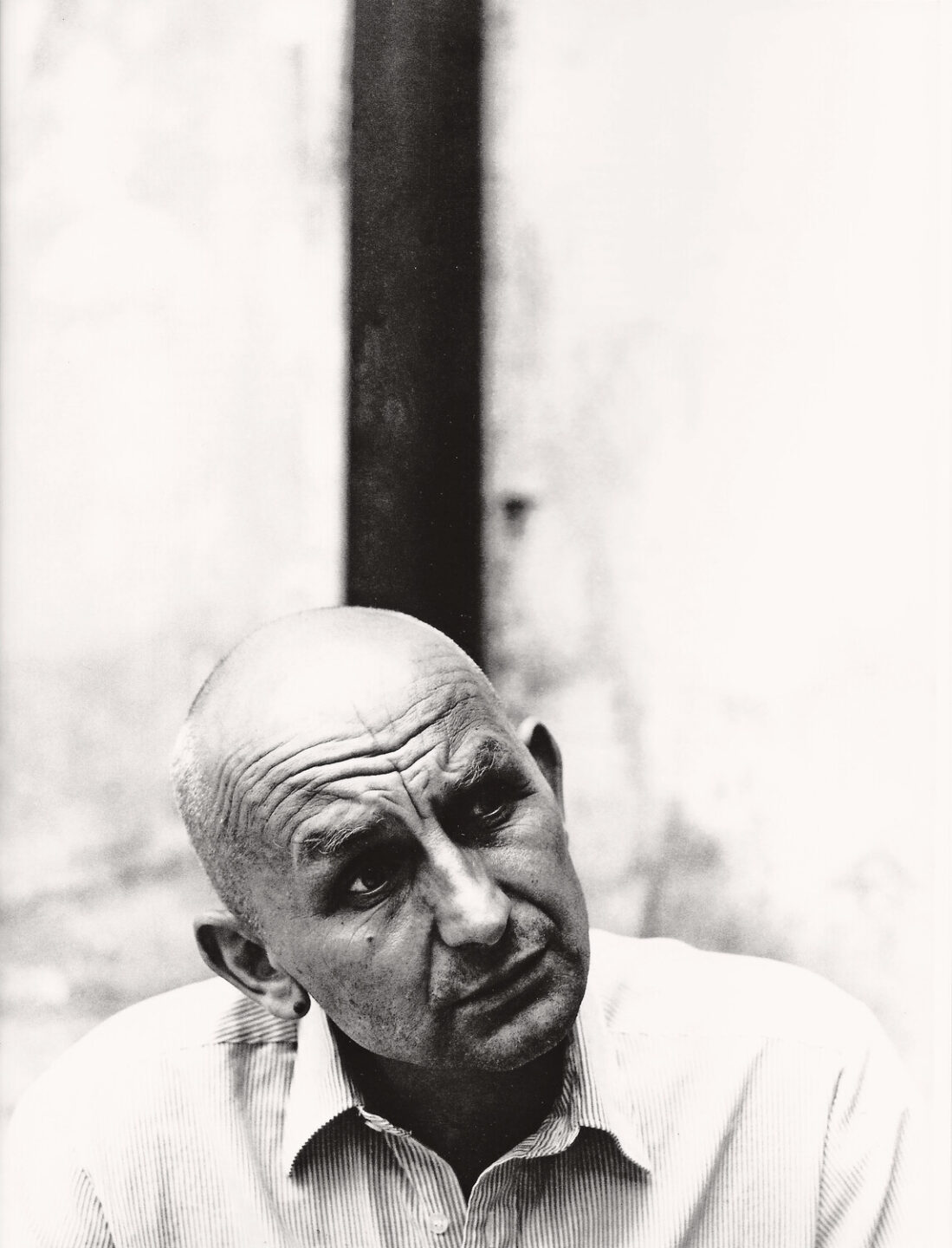
Heinz Breloh in the 90´s, photographer unknown
Inspired by the dynamic energy and experimentation of New York’s artistic landscape, Breloh embarked on a conceptual exploration that led him to embrace a new medium. Transitioning from film and video, he began creating monumental plaster volumes, where the sculptural expansion into space became the focal point of his artistic practice. Horizontal traces of sanding and a textured surface bore witness to the immediacy of the physical experience in his creative process.
In Breloh’s transformative approach, it was not the subject depicted in his works that held significance but rather the very activity of the artist himself. He believed true art emerged when there was no distinction between the body and the sculpture. This principle permeated his entire oeuvre, marking him as a visionary whose creative legacy continues to inspire and resonate across artistic disciplines.
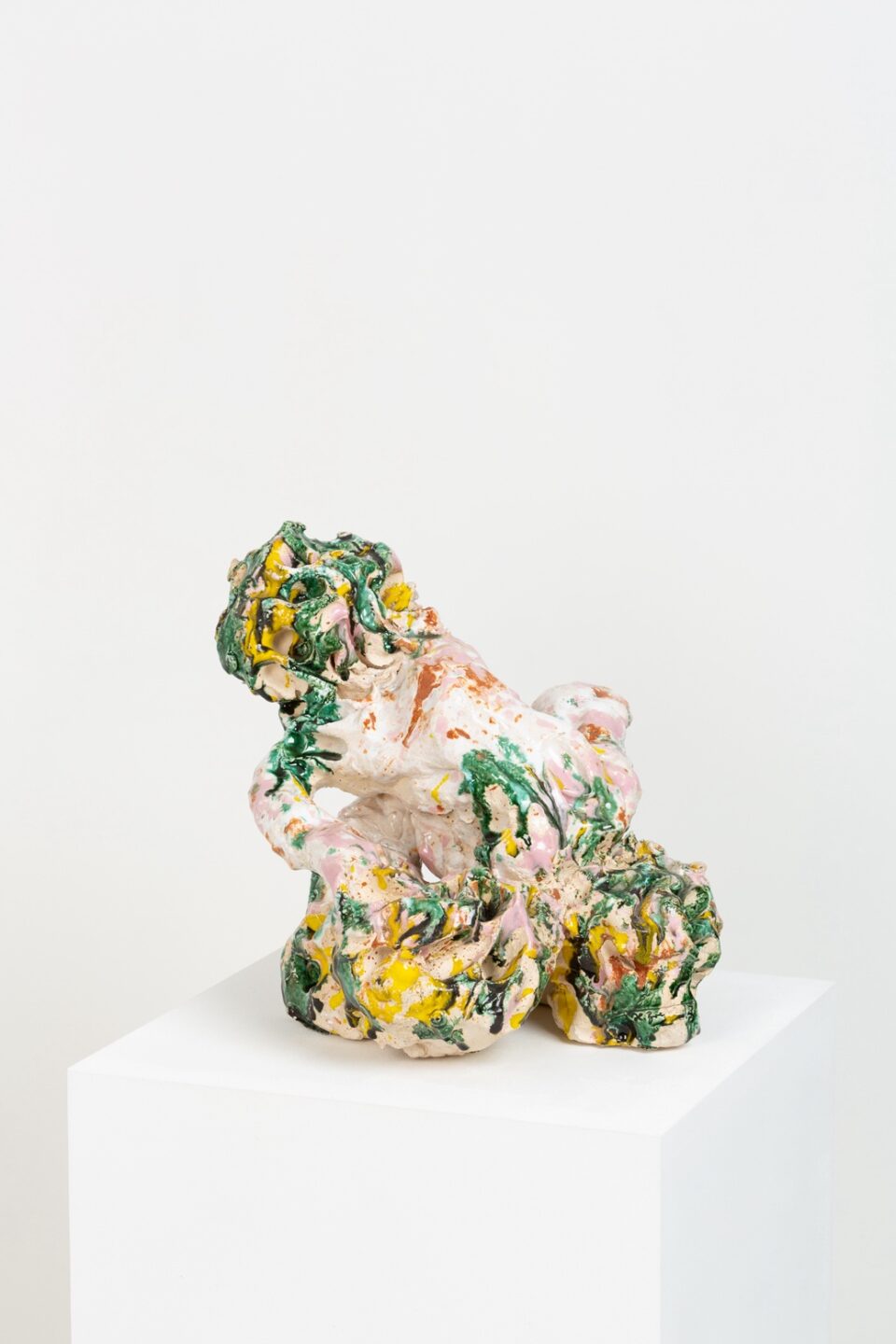
Untitled (Die Alleinigen), 1997, glazed terracotta, 32 x 28 x 33 cm, Photo: Andreas Zimmermann
Breloh’s ceramic creations are a vivid testament to his physical presence and artistic vision. With titles like “Die Badenden Bildhauer” at Kolumba, Cologne, and “Rendezvous der Bildhauer II” at the Lehmbruck-Museum, Duisburg, the works transcend traditional figurative representation. Instead, they embrace complex forms and amorphous masses, imbuing them with an energetic potential that consciously explores movement dynamics.
In pieces like “Der Fahnenschwenker als Bildhauer” and “Der Friseur als Bildhauer”, Breloh illustrates his belief that every human action holds sculptural significance. In keeping with his ethos of “Lebensgröße”, he seamlessly merges body and art, with his fingers leaving imprints on the perforated surfaces of the ceramics. In his later works, Breloh introduces sensual glazes, further enhancing the tactile experience.
Nevertheless, Breloh’s art is not confined to mere visual appeal. He engages all the senses of his audience, inviting them to immerse themselves fully in the experience. Analytical gazes are met with tactile stimuli, inviting viewers to explore the sculptures through both sight and touch. Breloh’s keen perception of light and color is complemented by his intimate relationship with the materials he works with, resulting in artworks that resonate deeply in a sensory way.
In his later years, Breloh’s fascination with the history of sculpture became increasingly evident. He embarked on a journey of free reflection upon past design techniques, departing from his earlier works where he adamantly distanced himself from mimetic forms. Towards the end of his life, he embraced figurative representations with growing enthusiasm.
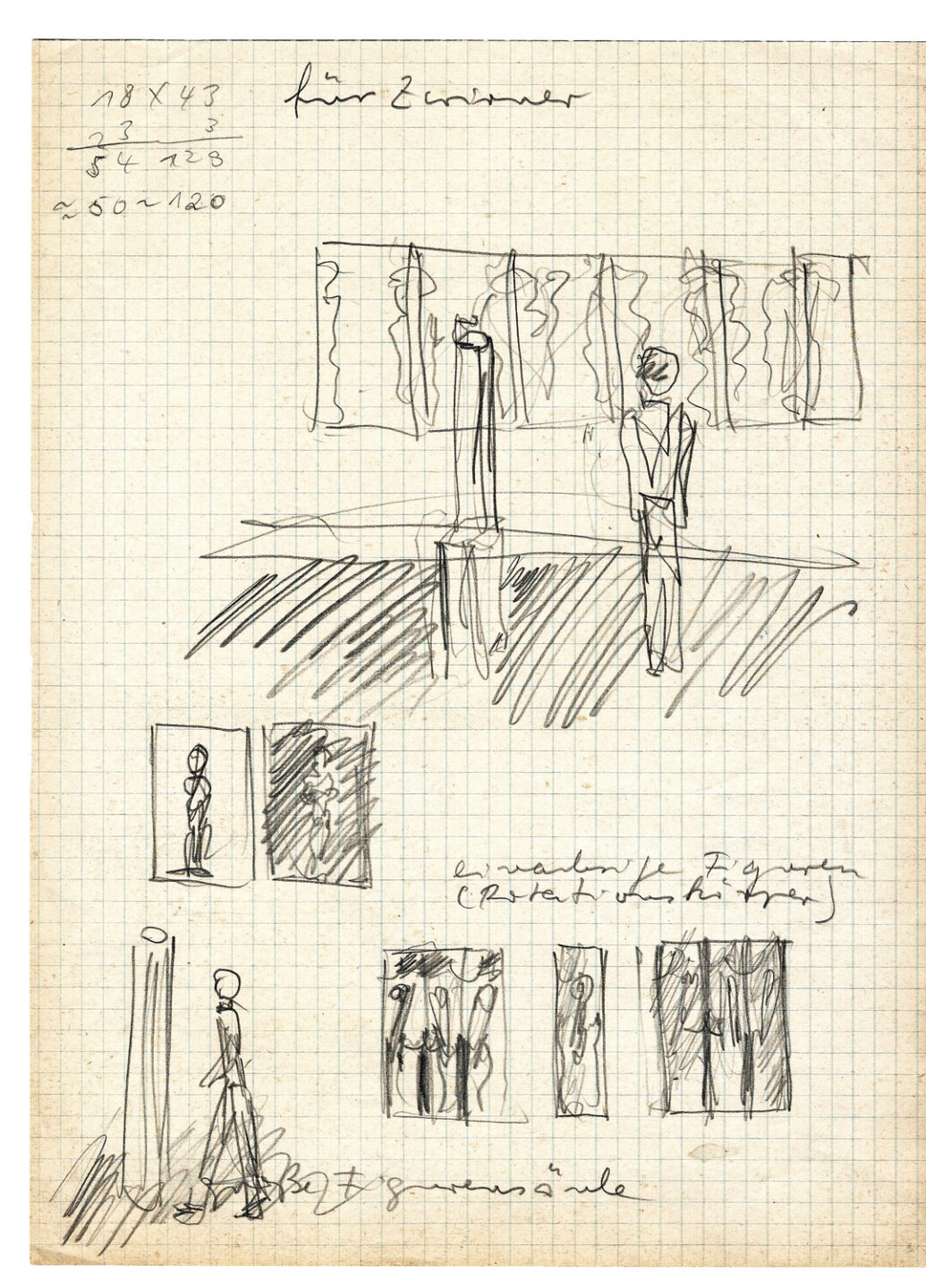
Heinz Breloh: Planning for his exhibition at the Rudolf Zwirner Gallery, Cologne, around 1980. Heinz Breloh artist estate.
Parallel to his sculptural endeavors, Breloh also explored the realm of paper. Here, he engaged in a unique artistic process, painting over photographs of sculptures with bold brushstrokes and chalk pens. This graphic reimagining allowed him to delve into existing structures, expanding them until their silhouettes echoed those of his sculptural creations. Far from serving merely as compositional templates, his works on paper exuded a neo-expressive energy, transcending their original function.
Following the passing of his widow, the esteemed photographic artist Krimhild Becker, in 2010, the entire responsibility for managing Heinz Breloh’s artistic legacy fell upon the Heinz Breloh Estate, comprised of his four brothers. Charged with preserving and promoting Breloh’s virtuosic body of work, the Heinz Breloh Estate has committed itself to ensuring the posthumous visibility of the late artist through exhibitions, publications, and academic discourse. Breloh’s legacy is marked by a multi-faceted oeuvre that challenged conventional notions of sculpture and art. His pioneering exploration of sculptural body art and the intimate relationship between subject and object, artist’s body and medium, positioned him as a visionary ahead of his time.
Today, his works are represented in numerous internationally renowned collections, including the Museum Ludwig in Cologne, the Museum Kolumba in Cologne, the Museum Schloss Morsbroich in Leverkusen, and the Staatliche Graphische Sammlung in Munich. Through these representations, Breloh’s profound influence on the evolution of sculptural art continues to resonate and inspire audiences globally.
You can learn more about the Heinz Breloh estate here.
Written by Jakob Stötzel
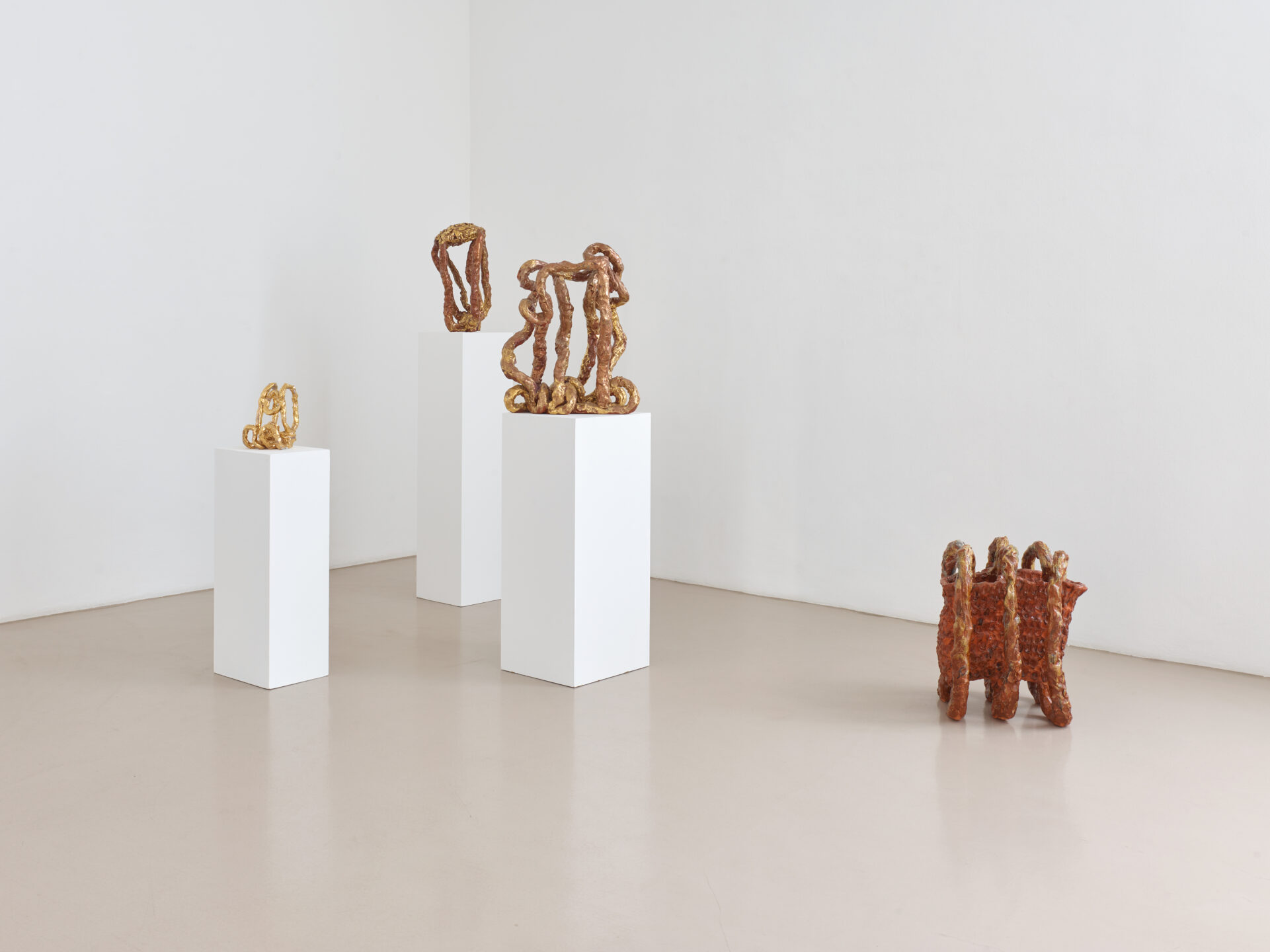
Exhibition View Galerie Thomas Rehbein 2020, photo: Simon Vogel
READ MORE